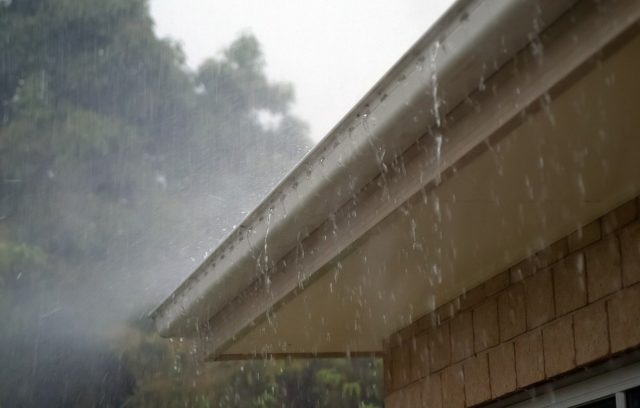In the early hours of the 16 October 1987, a now infamous storm caused a swathe of damage across southeast England and northern France, resulting in the deaths of 18 people in England and at least four in France. Between 2001 and 2003, observations of the October 1987 storm were re-examined in considerable detail to study what had occurred and, in particular, explain the pattern of the very strong wind gusts.
The storm which occurred on the 16 October 1987 was estimated to be the most damaging storm to hit southern England since the Great Storm of 1703, causing widespread structural damage to buildings and downing an estimated 15 million trees (a figure provided by the Met Office). Rail and road transport were disrupted, and power supplies were not fully restored for more than two weeks.
A special report by Risk Management Solutions, a company which evaluates weather risks, estimated that the cost to the insurance industry in the UK was £1.4bn, making the 1987 storm the second most expensive UK weather event on record. Researchers from the University of Reading re-analysed the data from the night of the 1987 event, focusing on identifying and understanding the element of the 1987 storm which had made it so damaging, namely the extreme wind gusts which occurred.
This work formally categorised the phenomenon of a ‘sting jet’ for the first time and identified the evolution of the cloud pattern associated with these sting jets in satellite imagery as a useful tool for ‘now-casting’ (which is forecasting the current weather). Importantly, the researchers discovered that the most damaging winds were found to be at the very end of the jet, meaning they were located in a region different from the commonly understood areas where strong winds were expected. Furthermore, the most damaging winds were shown to last for a relatively short time, just a few hours, compared with the lifetime of the storm as a whole. This information is very useful when issuing severe weather warnings.
A diagnostic was developed based on the understanding gained from the research. This calculation can be performed on climate or global numerical weather prediction model data, and indicates whether a sting jet is likely to form.
Impact
This research led to the understanding that sting jets are a feature of many, but not all, rapidly developing storms. The ability to predict these sting jets is very important because of the potential loss of life and property damage that can occur as a consequence of the extremely high wind speeds. Prediction enables early warnings to be made and alerts to be given in the locations they will be needed. Predicting the intensity of the sting jet is crucial, and joint work with the Met Office has established both what is needed to predict the severity of such events, and how to predict them further in advance.
This research has been transferred to the National Severe Weather Warning Service (NSWWS), which is the operational warning system of the Met Office. Importantly, forecasts and warnings of such events have been made possible by this research, and those that have been issued have undoubtedly saved lives and contributed to the level of readiness of the emergency services.
The storms affecting Scotland which took place on 8 December 2011 (extratropical cyclone ‘Freidhelm’) and 3 January 2012 (‘Ulli’) gave the clearest examples to date of the benefits that this research has given. In both cases, the Met Office forecast that a particularly ferocious Atlantic storm would affect parts of Scotland and issued a Red Severe Weather Warning, the highest possible category, on the basis that these were identified as sting-jet storms. Agencies acted on this advice: schools were closed, police warned people not to travel unless absolutely necessary, emergency services were put on alert. The Kingston, Erskine, Tay and Forth bridges were all closed and many bus, rail and ferry services cancelled. This preventative action undoubtedly minimised the impacts of the storms, which brought gusts of up to 164mph and widespread disruption. Importantly, there was no loss of life associated with the storms.
The impact for this example reaches beyond the UK: the Met Office forecasts during these two storms were incorporated into warnings issued by the European Storm Forecast Experiment (ESFE) and the Swedish Meteorological Institute, which for example, triggered the cancellation of Scandinavian North Sea ferries services and the closure of some bridges.
The findings from this research are also of great use to the insurance and re-insurance industry. Although there is no difference between the damage caused by a sting jet and non-sting jet storm, the damage from the sting jet itself will occur in a part of the storm where we don’t normally see strong winds, so inclusion of this in the models used by these sectors would be of great value.
Funding
This work was funded through a series of grants from the Natural Environment Research Council.
Research led by Dr Suzanne Gray
First published: June 2015
Download the full case study

